lectures | catalogs | CDs/DVDs | soundpicdocs
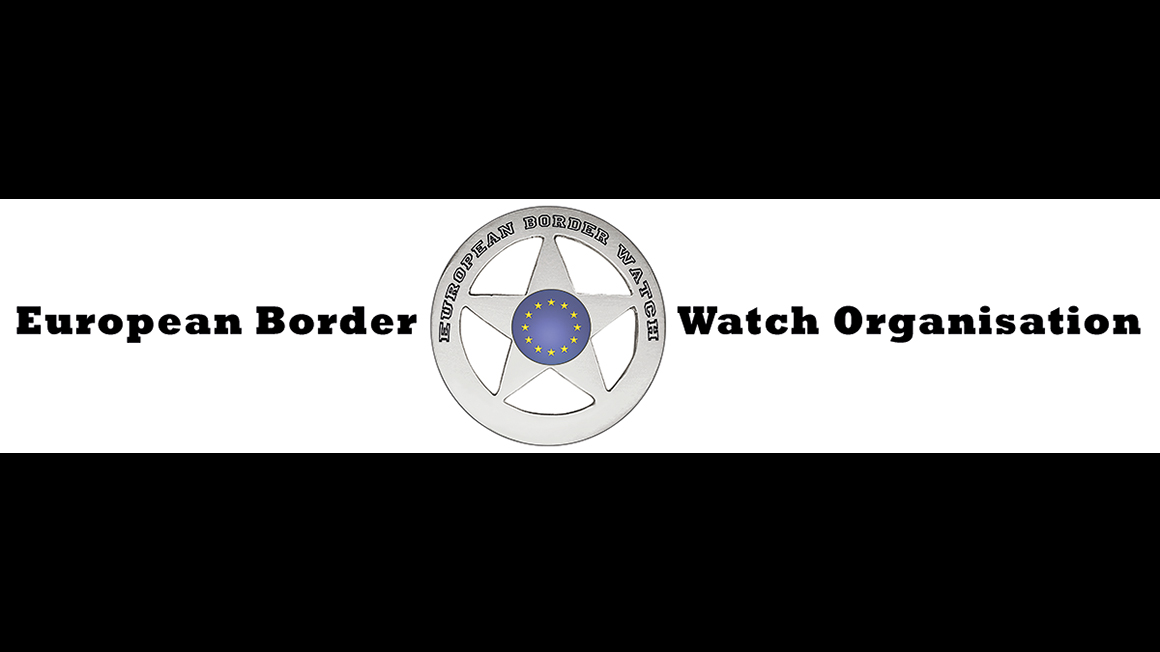
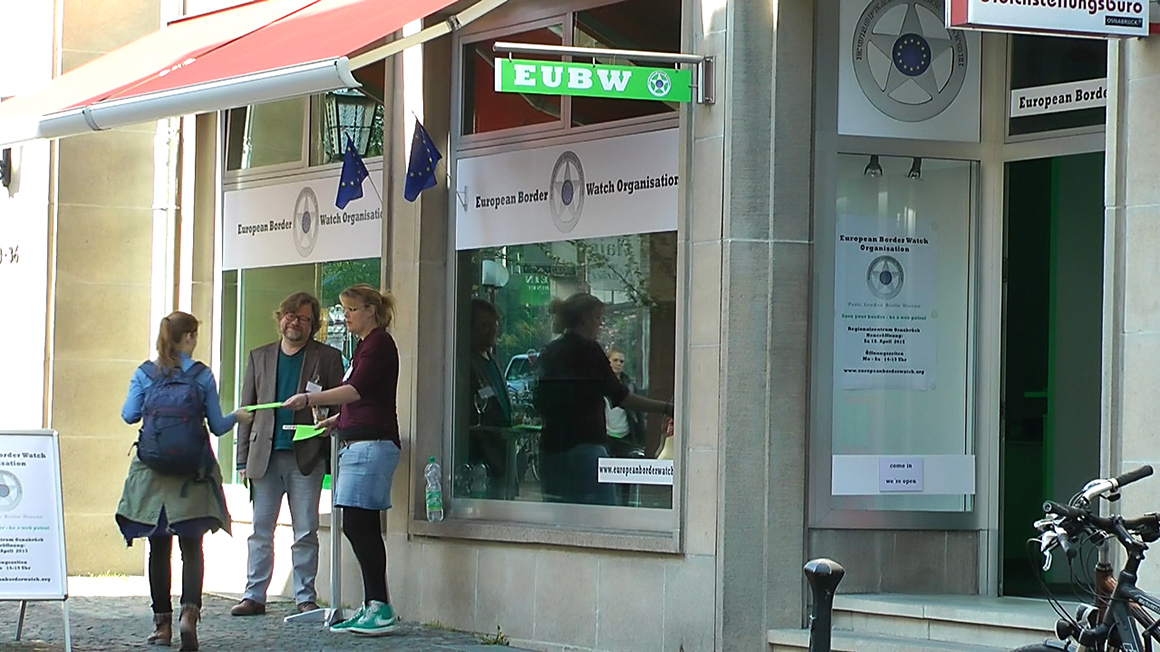
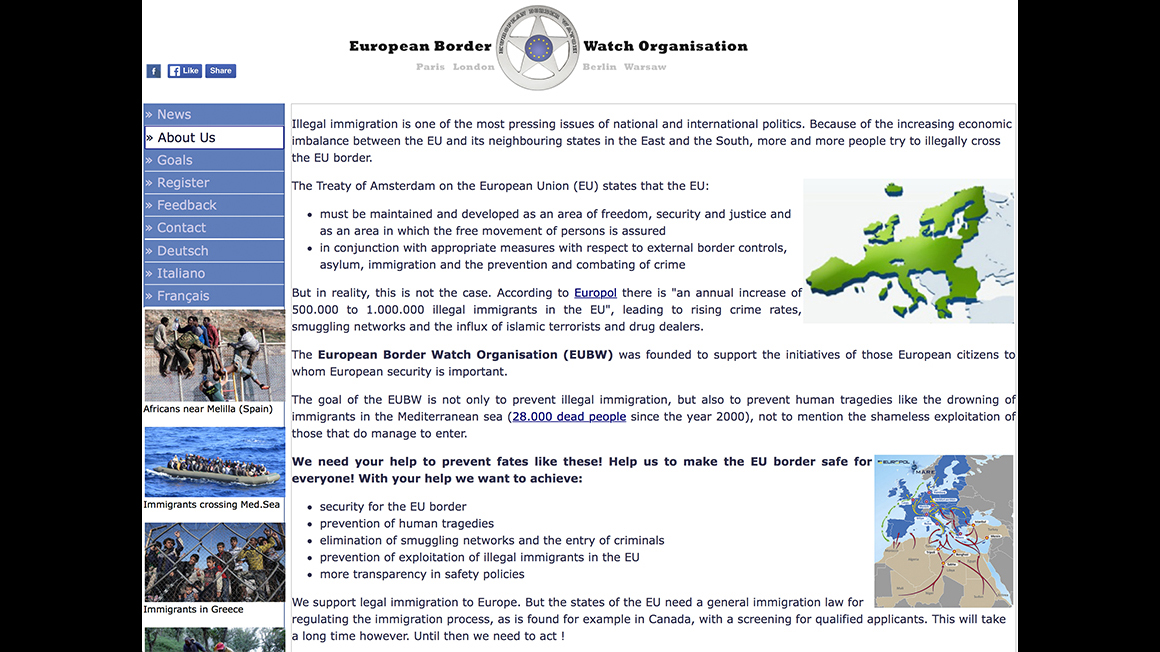
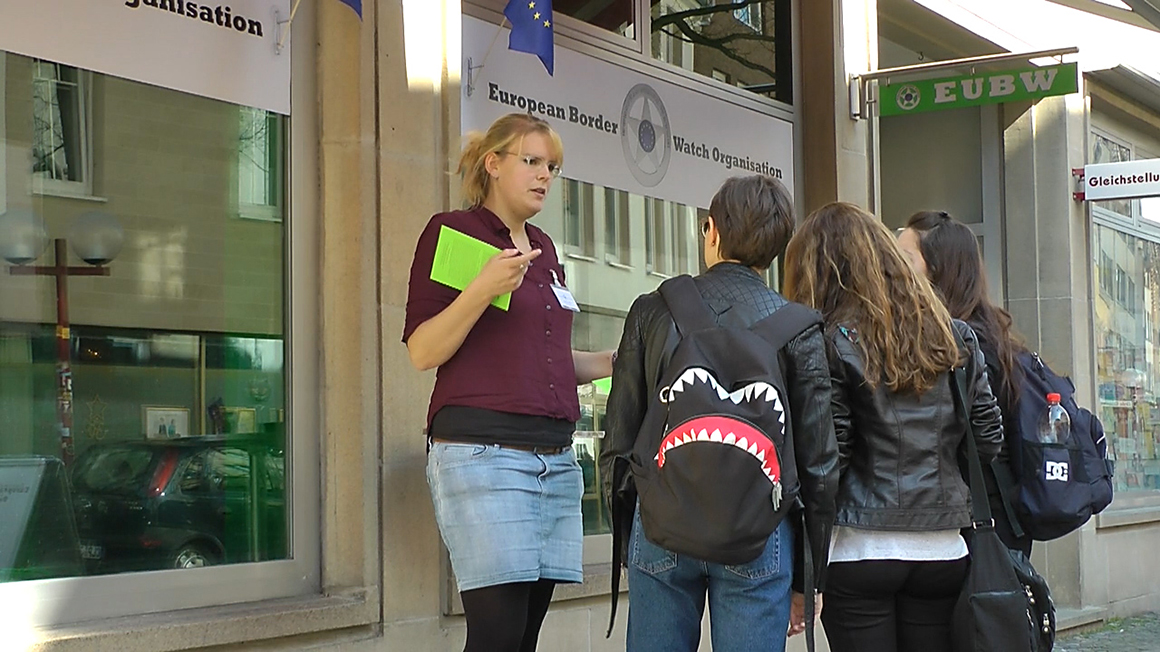
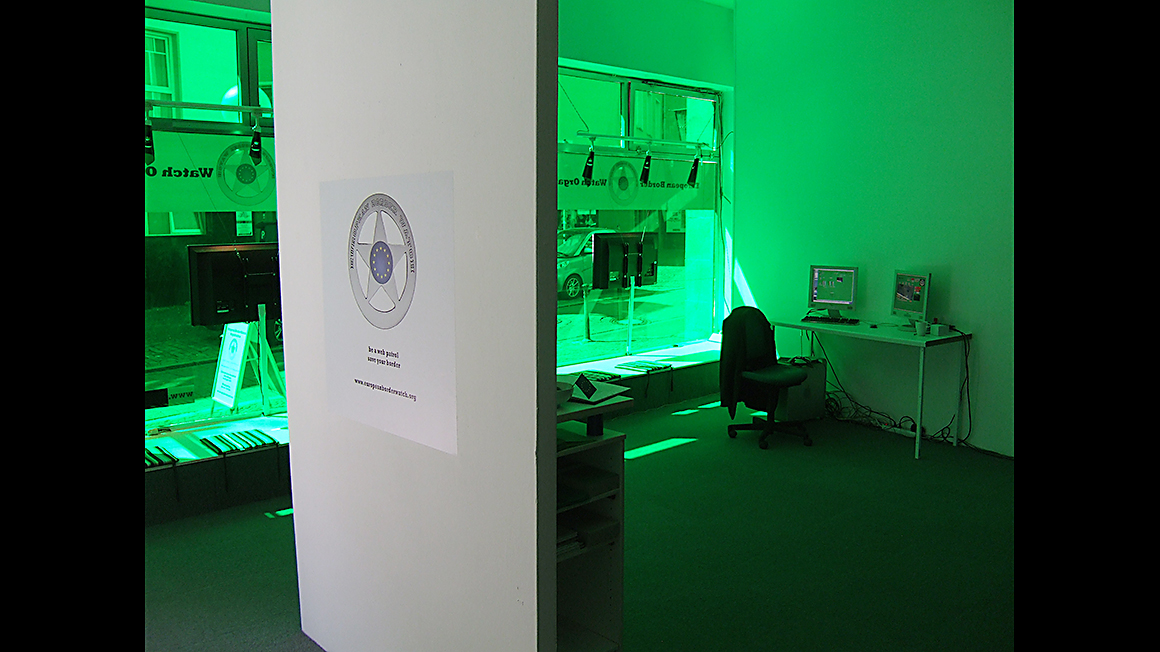
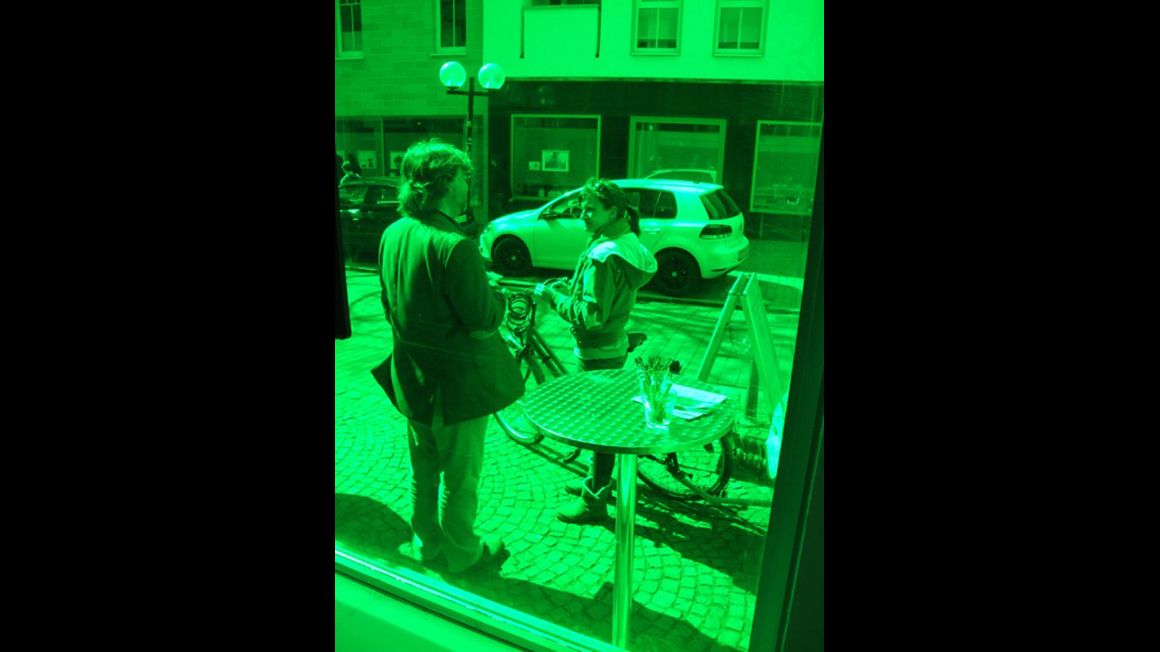
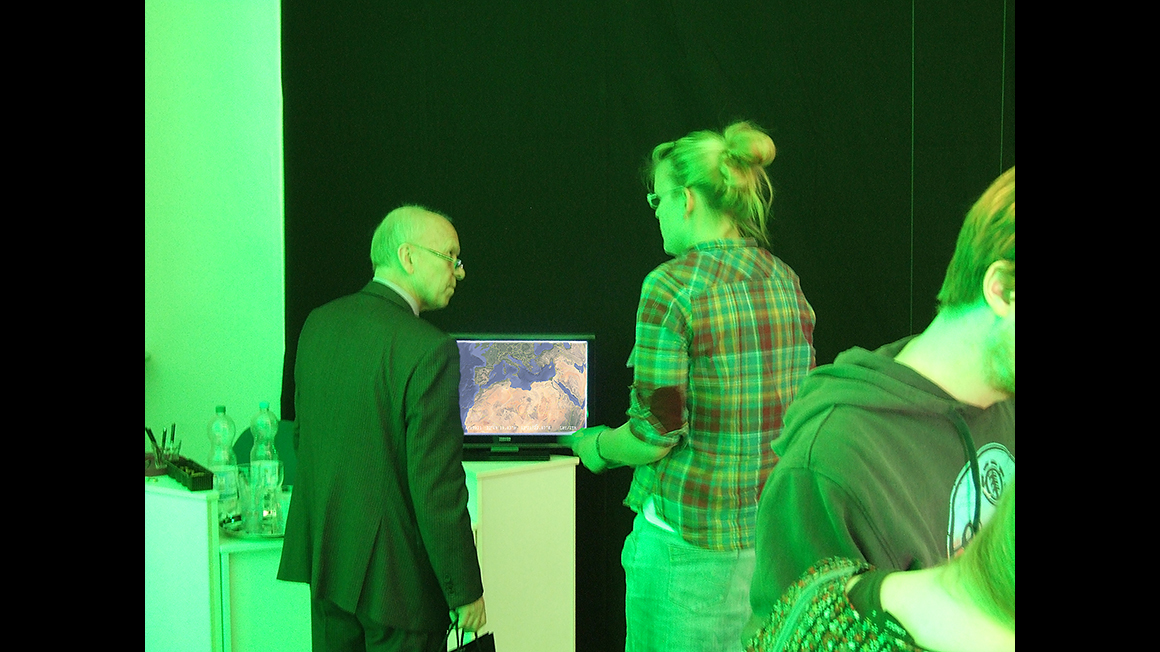
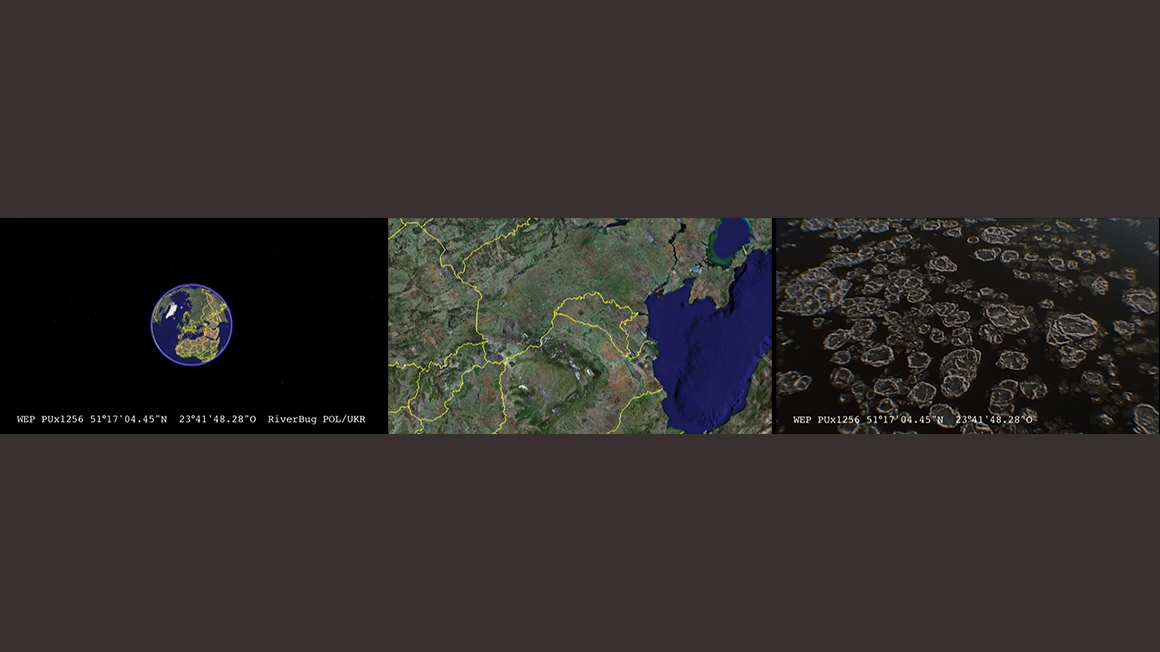
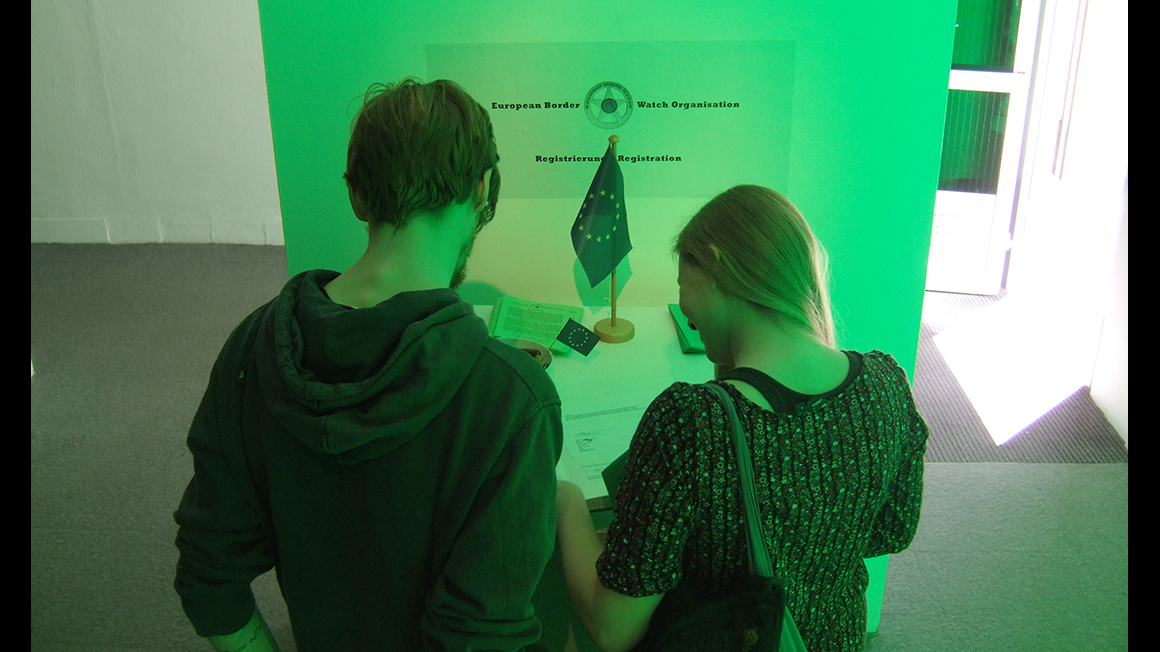
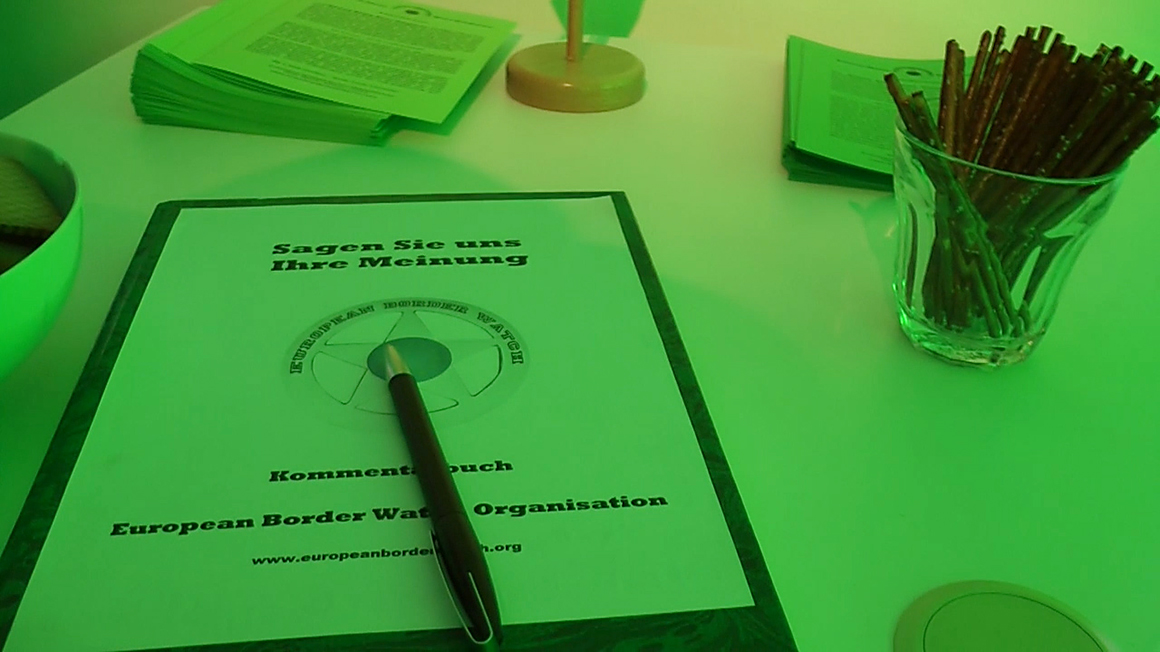
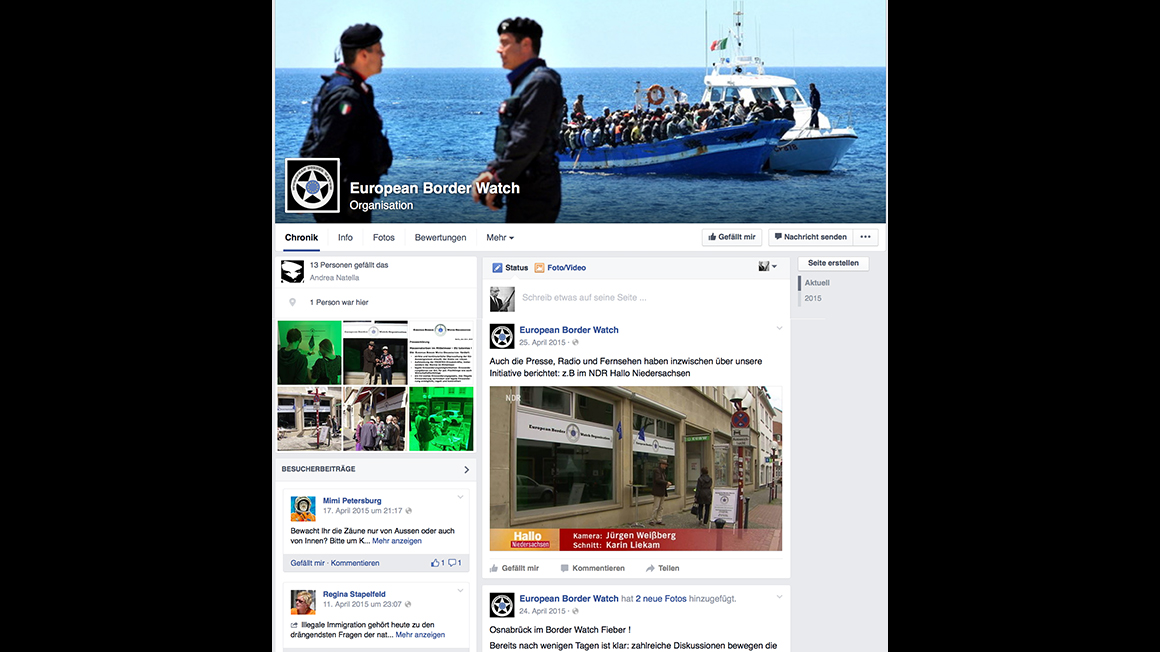
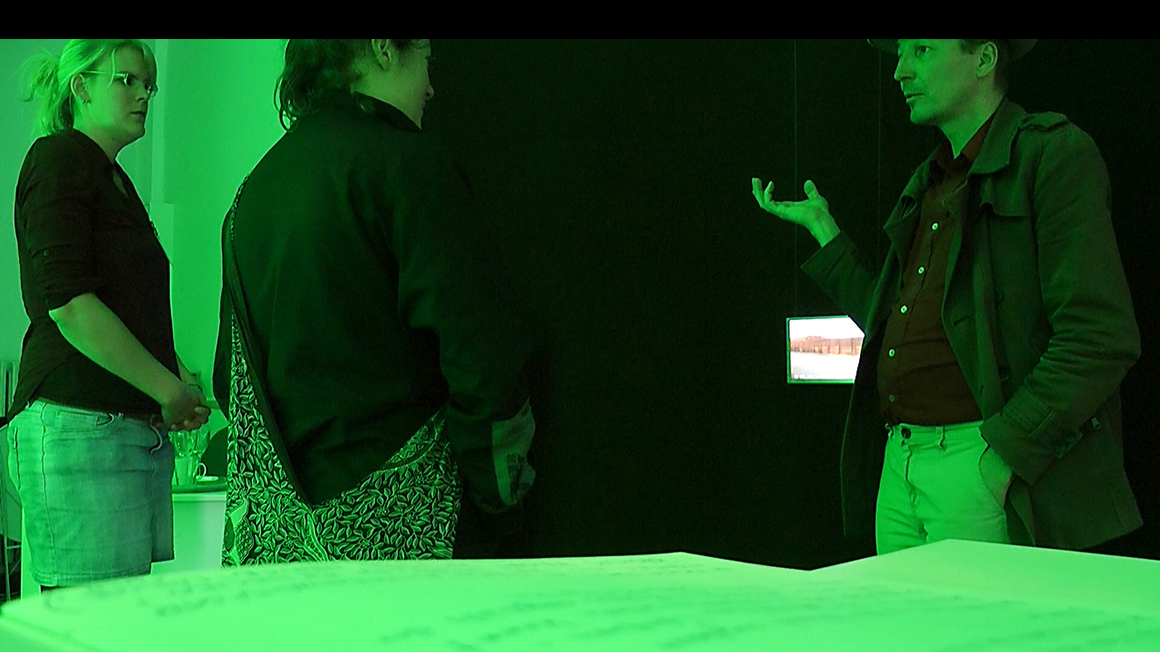
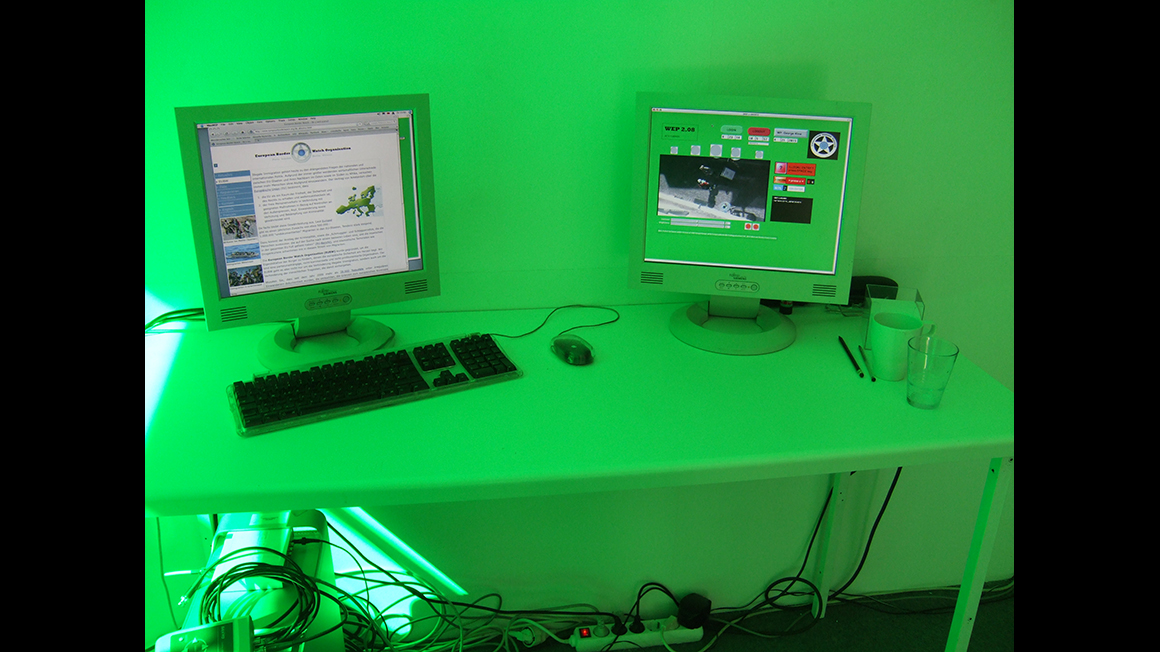
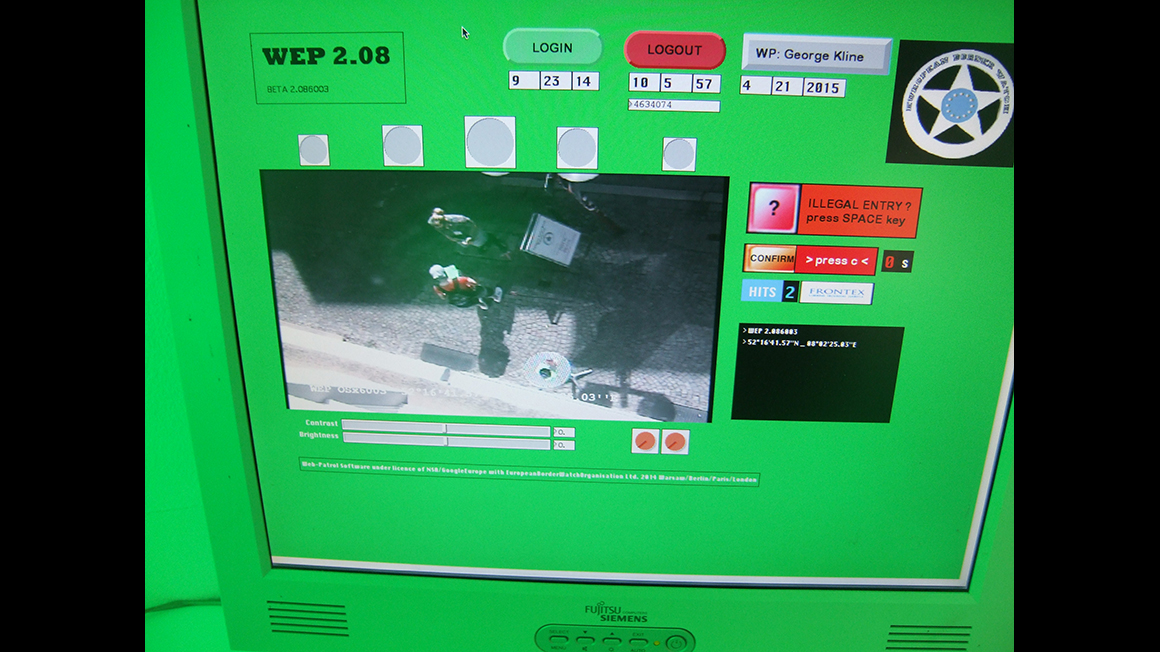
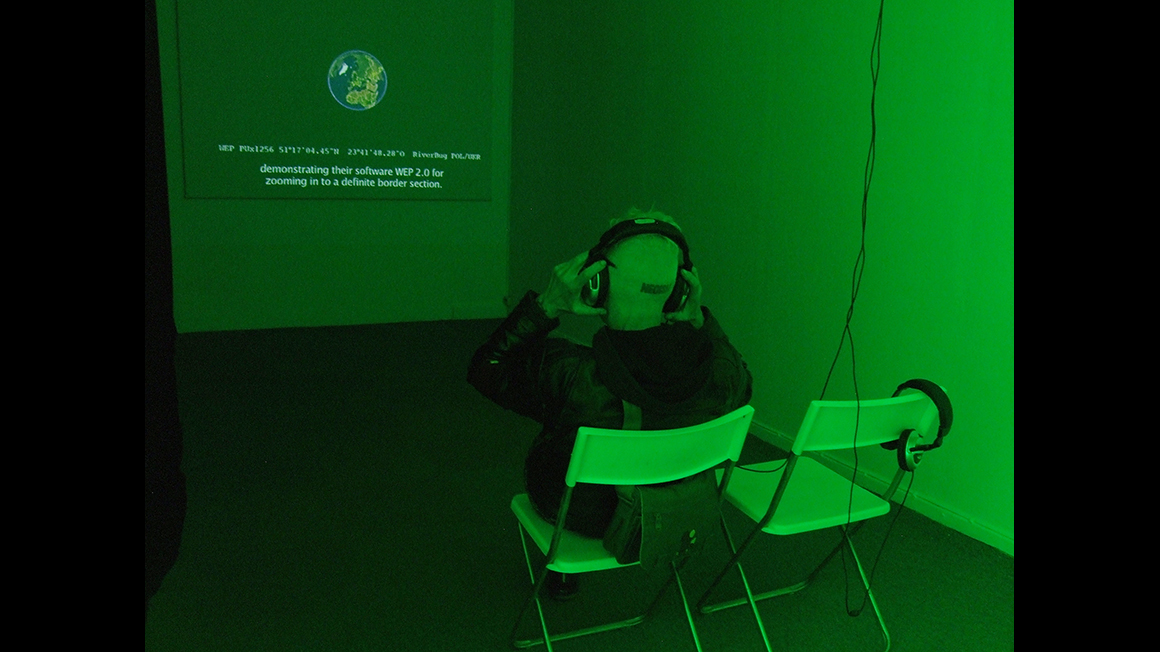
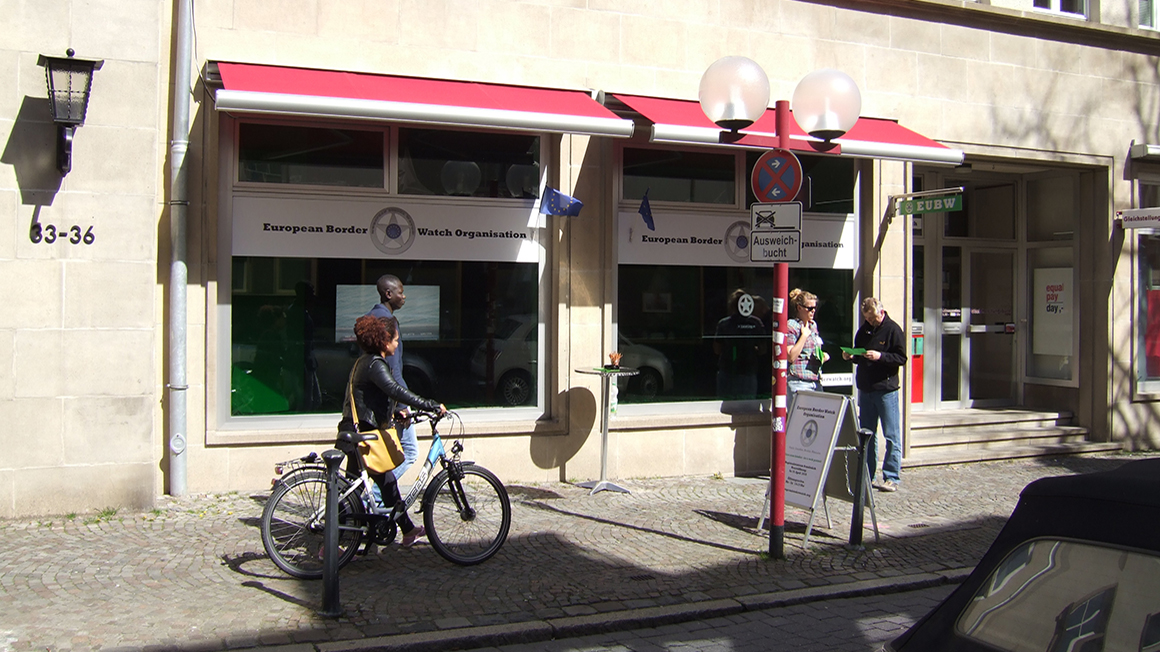
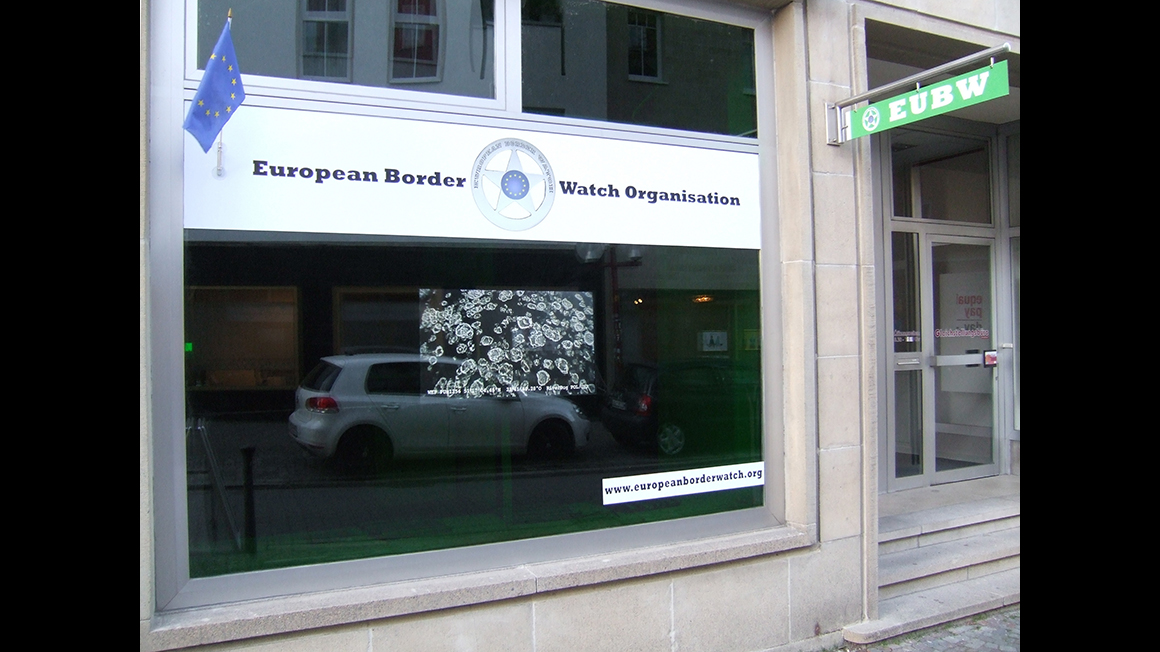
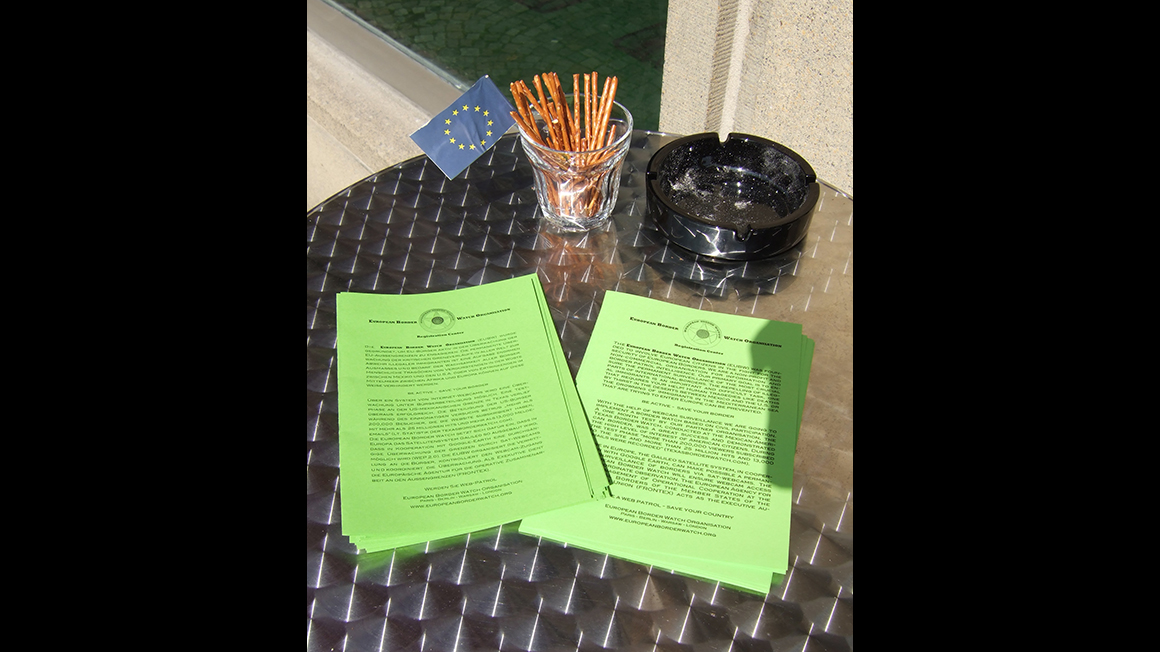
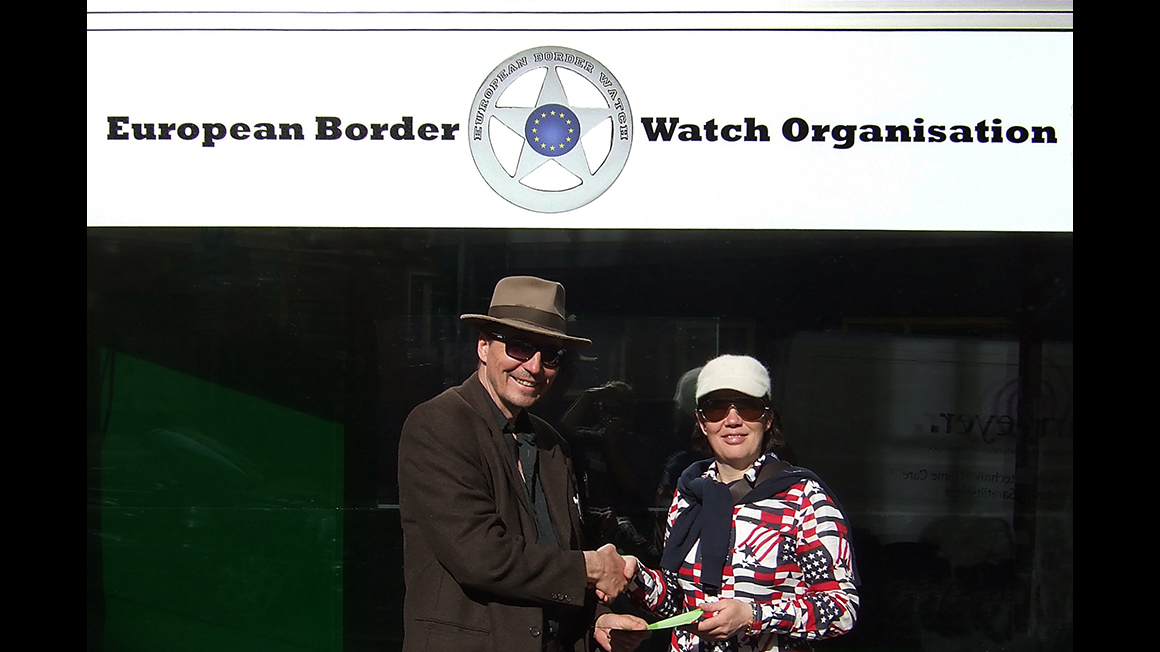

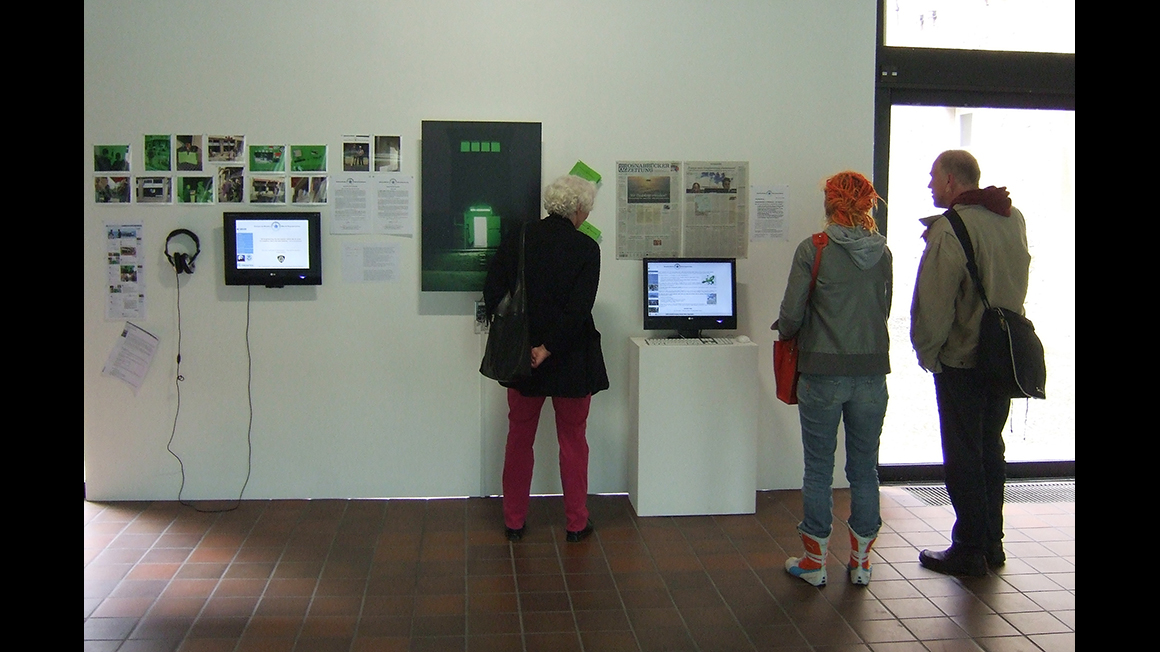
| >> pdf >> press >> print fotos >> video >> EUBW info flyer >> EUBW promotion flyer |
| European Border Watch (turmlaute.2: watch tower) Audio | Video | Installation | Organisation | Interaction | Website 2007 / 2015 Registration Center Osnabrueck BBK Osnabrueck, Bierstraße www.europeanborderwatch.org |
|
Who's guarding the border? It's you — via webcam The background of the project is a test run in November 2006 in Texas, where, at the investigation of Governor Rick Perry, webcams were installed along a short section of the fence on the US-Mexican border whose images could be accessed by anyone worldwide. The test phase at the US-Mexican border was frighteningly successful. Web users who spotted illegal immigrants crossing the border could inform the authorities directly “by telephoning a number free of charge”. The European Border Watch Organisation (EUBW) was founded on the basis of the Texan model and has established its first recruitment centre in the Berlin border watchtower and in the web with their own website. In 2015 a new registration center opened in the German city Osnabrück. EU citizens could register there as web patrols, in order to take an active part in the extensive monitoring of EU external borders via the Internet. Blue EU flags at the entrance created an "official" atmosphere. The EUBW's showroom - with intense green light and electronic sound - had viewing screens with webcam images of ostensible border events are seen on them which only show desert, ocean or forest. Various border images are simulated in a preliminary trailer: the Bug river on the border between Poland and Ukraine, a view of the Carpathian Mountains, or the ocean beach between the Libya and Italy but also a webcam image of the US-Mexican border – the only genuine border photo – allegedly from the partner organisation, Texas Border Watch. The webcam streams, which are colour-coordinated and almost never show a human being, seem rather meditative or, from the standpoint of the border guard and observer, boring. Minor image interference is incorporated into the video streams, with a particular interference characteristic devised for each "webcam". The video images are interrupted by an EUBW trailer, with its logo and a demonstration of the in-house surveillance software WEP 2.0, which supposedly makes it possible to zoom in directly on a section of the European external border via satellite by specifying the exact coordinates. On the running computer system a special view on the local site of the registration place could be watched to show the report transfer interface. Public Relations Strategy The publicity for the installation became part of the artistic work and was fully integrated into the project. Using a website (see: www.europeanborderwatch.org ) created for the installation, which appeared to be very serious, as well as electronic and written invitations, EU citizens were invited to actively monitor the European external borders. In addition, an invitation to the opening of the registration centre of the EUBW was sent to the press and everyone accessible to us via the Internet. Responses were collected by reply mail and the feedback form on the website and were pasted into the comment book that was made available in the tower. For on-site visitors there was a special guided tour, with a welcome at the entrance on behalf of the European Border Watch and a green informational handout with a web patrol registration form on the back. In the showroom George Kline or one of his assistants appeared as a guide to the EUBW and explained the satellite webcam system and the goals of the organisation to the visitors, inviting them to lie down on the camp bed and, with this overview of all EU external borders, to choose a surveillance area. While the visitors were still in the acoustic control room on the second floor, they were referred to the comment book on the ground floor. The art project had a lot of visitors and made a lot of irritation in public, even in the press media, and in the blogosphere. In 2015 the project was relaunched at the European Media Art Festival in Osnabrueck and awarded with the Dialogue-Award of the Federal Ministry of Foreign Affairs (Germany). |

